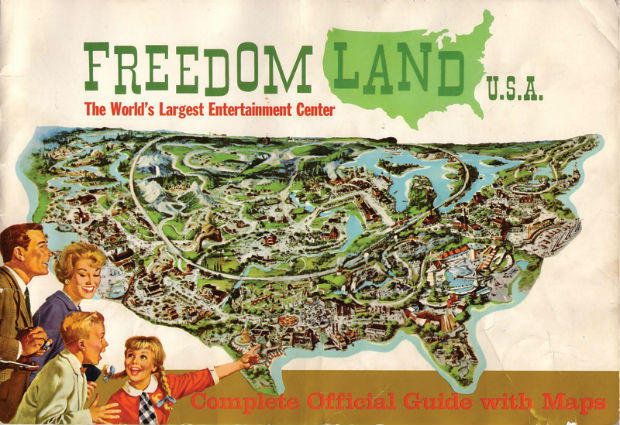
CHUCK SCHMIDT / Still Goofy about Disney
AllEars.net Guest Blogger
If imitation is the sincerest form of flattery, why wasn’t Walt Disney bursting with pride and joy after learning that a former trusted colleague had built his own version of a Disneyland-style park on the East Coast in the early 1960s?
Freedomland USA was located in the Baychester section of The Bronx, New York City’s northern-most borough. It was the brainchild of a man named Cornelius Vanderbilt Wood [C.V. for short] and was open for just five seasons, from 1960 to 1964. Despite its relatively short lifespan, Freedomland is fondly remembered by its legions of passionate fans.
C.V. Wood was a key figure in bringing Walt Disney’s dream of building a family-oriented theme park to reality in the early to mid-1950s. As Disneyland’s General Director, Wood was in charge of purchasing most of the land for the park in Anaheim, Calif., as well as hiring many key personnel who would have both an immediate and long-term impact on Disneyland and, years later, Walt Disney World … people like Van France and Admiral Joe Fowler.
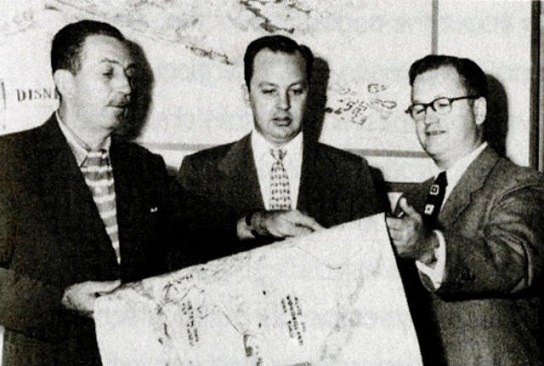
Before Disneyland, Wood worked for the Stanford Research Institute, the highly respected organization which helped [thanks in large part to an analytical genius named Buzz Price] with the site selection of Disneyland.
As close as Walt Disney was to his brother Roy, C.V. Wood was, in many ways, just as close. In fact, when Wood hired Van France [the two had worked together during World War II] to help train all the future Disneyland employees, he told him that “Walt treats me like a son.”
However, in the months after Disneyland opened on July 17, 1955, the relationship between Wood and Disney soured. There has been much speculation over the years as to why Disney showed Wood the door in early 1956, among them: He might have been embezzling money … He took too much credit for Disneyland … Two head-strong individuals like Disney and Wood could never coexist …
To me, the most logical explanation is that when Walt created WED Enterprises [the forerunner of Walt Disney Imagineering] to assist him in building Disneyland, he unwittingly divided his company: There were the people on Walt’s side, all the artists and creative people, and then there were the people who were loyal to Wood. This division just wasn’t healthy for the company Walt had founded. After Wood left, he was banned from being mentioned in any and all historical Disney accounts.
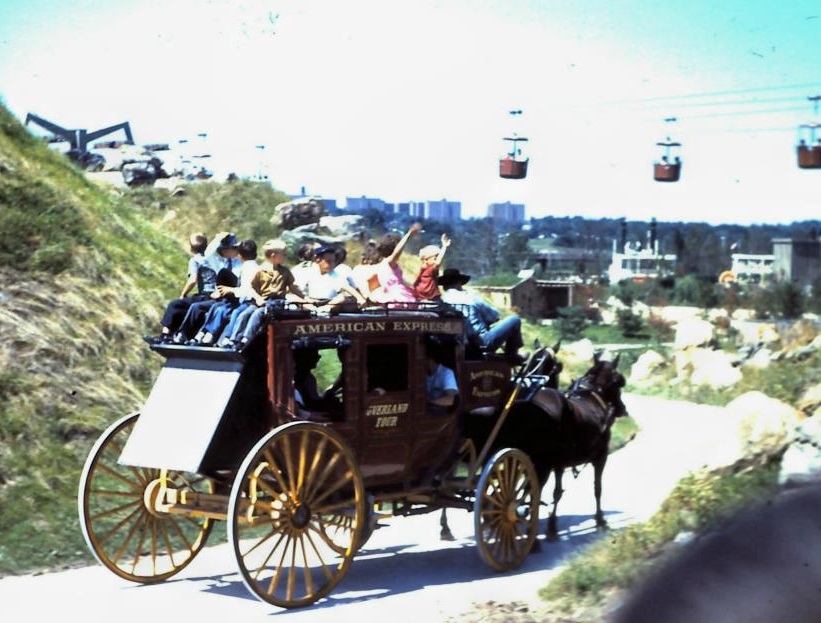
Suffice it to say that Wood learned a lot while working for Disney during the months leading up to Disneyland’s opening and he took that knowledge with him during his post-Disneyland days. He formed a company called Marco Engineering and started developing theme parks of his own. Easily the most noteworthy was Freedomland. In designing that park, he managed to lure several former Disneyland employees to the East Coast to help him breathe life into his vision … among them, Van France.
The basic premise of Freedomland was to depict the story of America in family-friendly, entertaining fashion. The park was designed roughly in the shape of the United States and was divided into seven themed sections – Little Old New York (representing the years 1850-1900); Chicago (and the year 1871, featuring the Great Chicago Fire); The Great Plains (from 1803-1900); San Francisco (1906, the year the earthquake hit), The Old Southwest; New Orleans (Mardi Gras), and Satellite City (The Future).
As you might expect, there were many Freedomland attractions that were influenced by Wood’s Disneyland experience. There were numerous boats sailing on the waters of the property, including two sternwheelers; there was a train ride that went around the park; there were ore buckets that gave you a bird’s eye view of the excitement below, and horse-drawn vehicles traveled up and down Freedomland’s main thoroughfare, which was lined with stores and quaint shops.
That thoroughfare, located in Little Old New York, greeted visitors with a heavy dose of days-gone-by nostalgia as they walked through the ticket booths and entered the park. The area had a very Disneyland/Main Street U.S.A. feel to it.
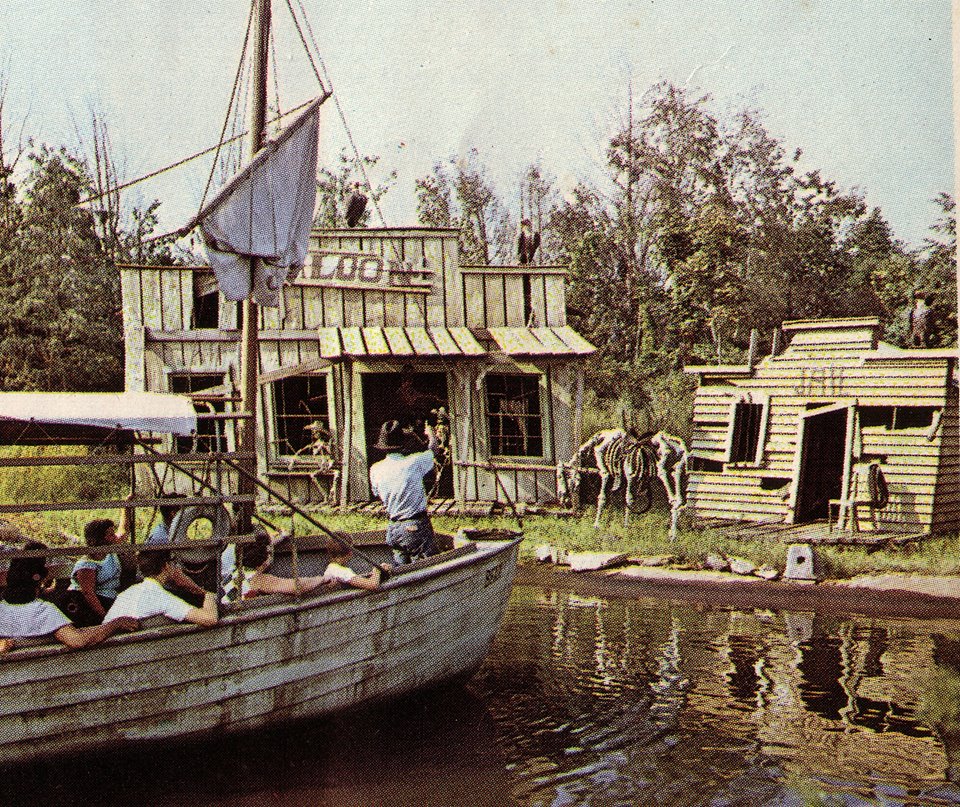
In fact, Wade B. Rubottom, who had designed Main Street U.S.A. in Disneyland as a member of Disney’s prestigious WED Enterprises, was lured away from Disney by Wood’s Marco Engineering firm and he directed Freedomland’s design and layout, particularly the quaint Little Old New York section.
Freedomland, which legendary TV host Ed Sullivan referred to as “Disneyland’s equal” during a segment shown on his popular variety show, possessed its own unique qualities. Macy’s had a replica of its world-famous Harold Square store in Little Old New York, while across the street, Eastman Kodak operated a camera store. The Bank of New York set up a real branch in Freedomland and, in addition to conducting financial business, it was the site of lively political debates reminiscent of the 1800s. There even were staged bank robberies from time to time. The area also featured an ice cream parlor, vintage 1890, and a working brewery, hosted by Schaefer Beer.
The rest of the park gave guests a number of memorable experiences, including a Civil War-themed attraction; a rumbling, tumbling earthquake ride; a fur trapper’s river ride through the Northwest [featuring a wise-cracking skipper], and a horse-drawn wagon ride through the Wild West.
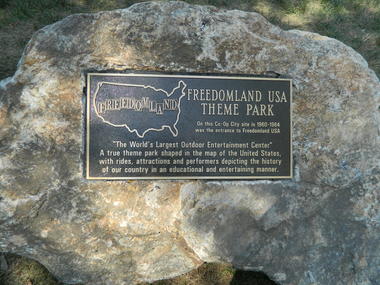
Although it lasted just five seasons and closed more than 50 years ago, Freedomland’s flame still burns brightly in the hearts and minds of those who visited the park. They even borrowed a phrase coined by Van France in his training guide and call themselves Friendly Freedomlanders.
In August of 2013, after a years-long effort by many of those Friendly Freedomlanders, a plaque was placed near the entrance to the park, in large part to show the world that C.V. Wood’s vision had not been forgotten.
The plaque reads:
On this Co-Op City site in 1960-1964 was the entrance to Freedomland USA. “The World’s Largest Outdoor Entertainment Center.” A true theme park shaped in the map of the United States, with rides, attractions and performers depicting the history of our country in an educational and entertaining manner.


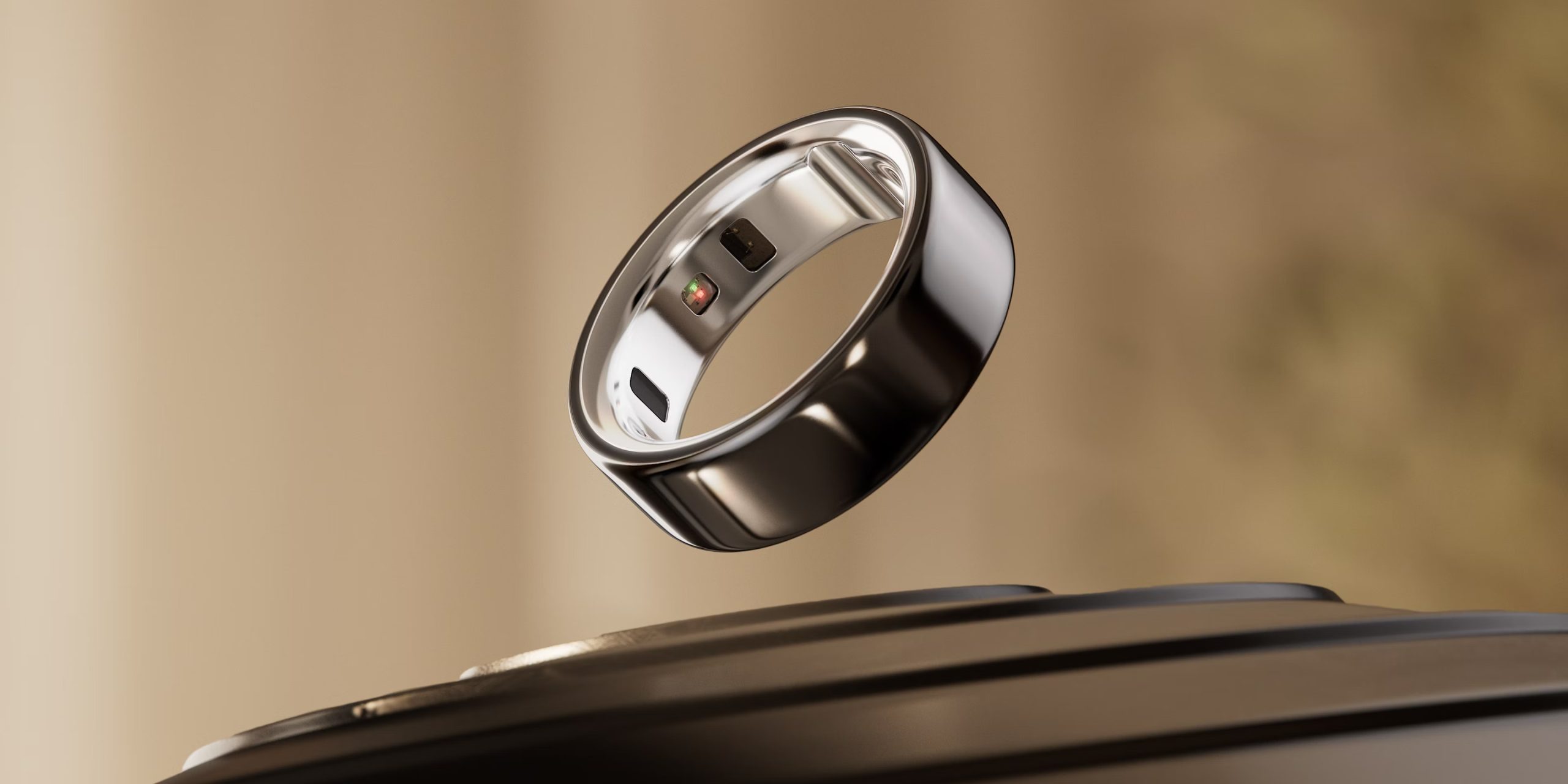
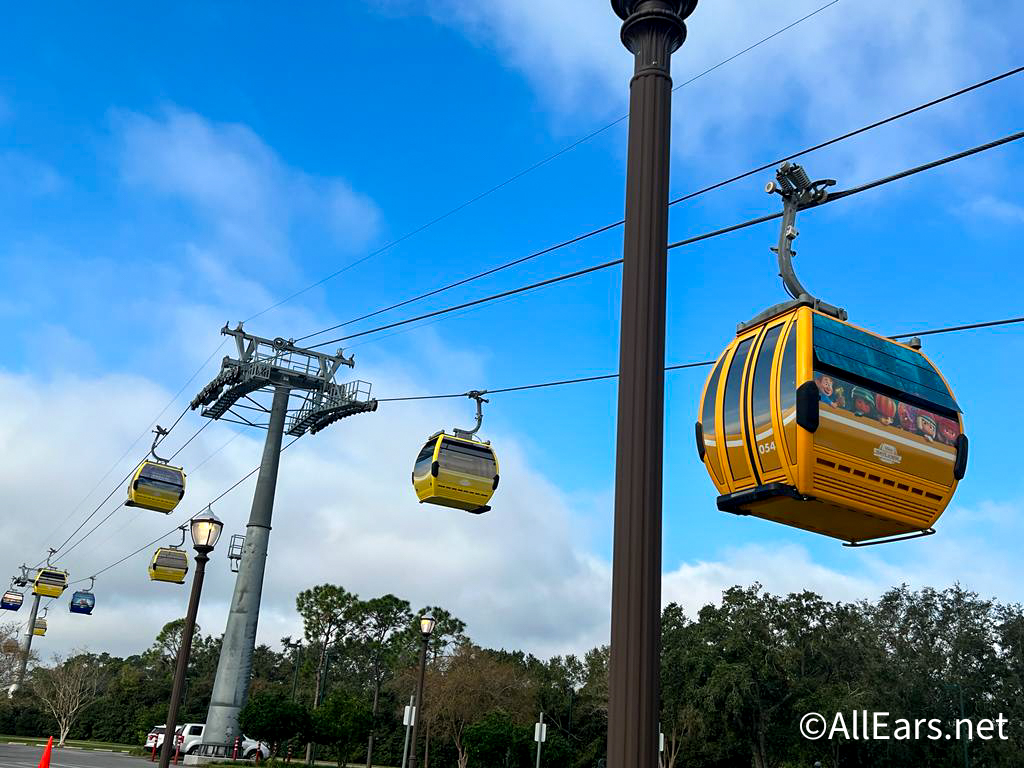
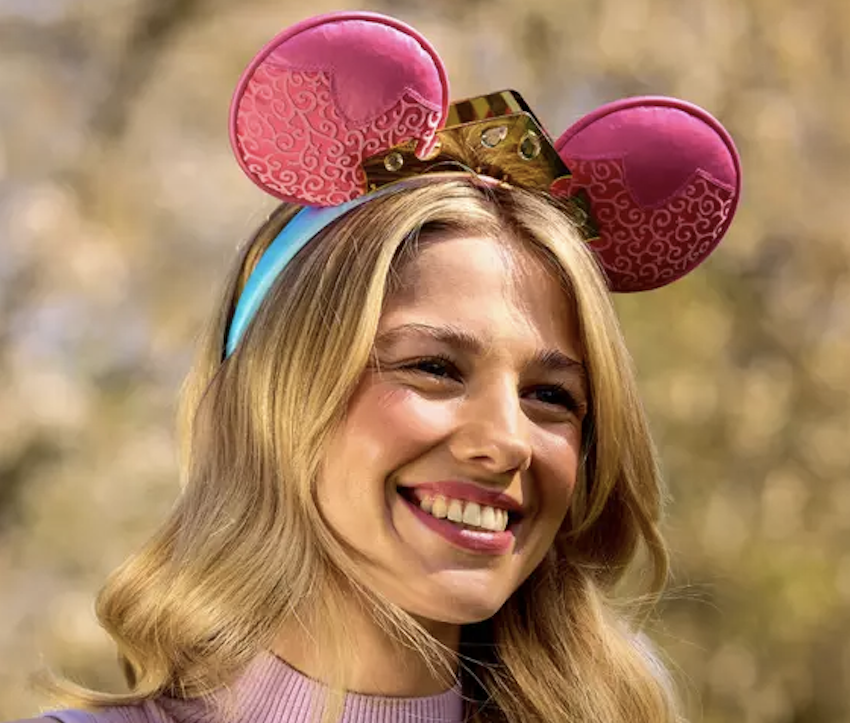

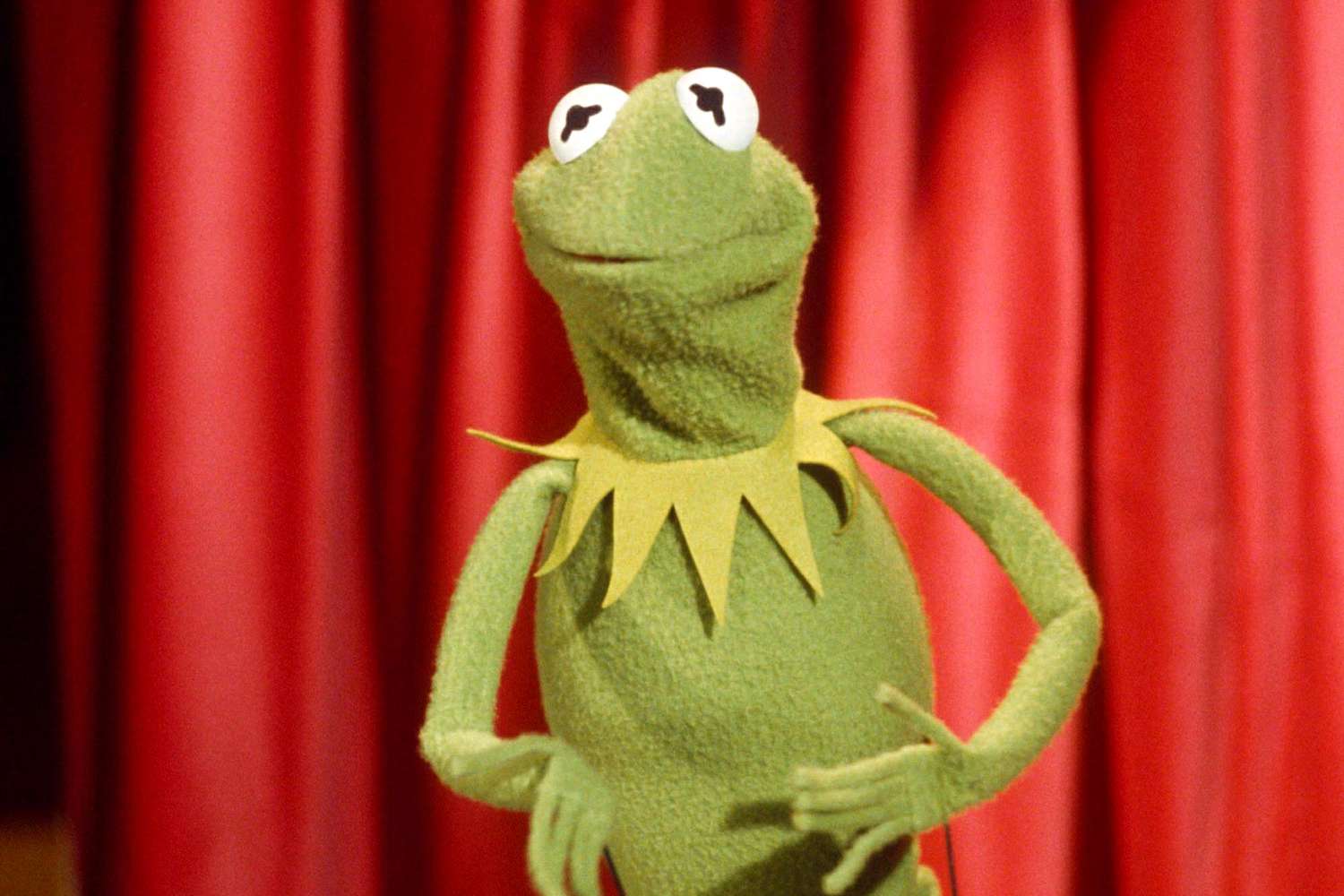

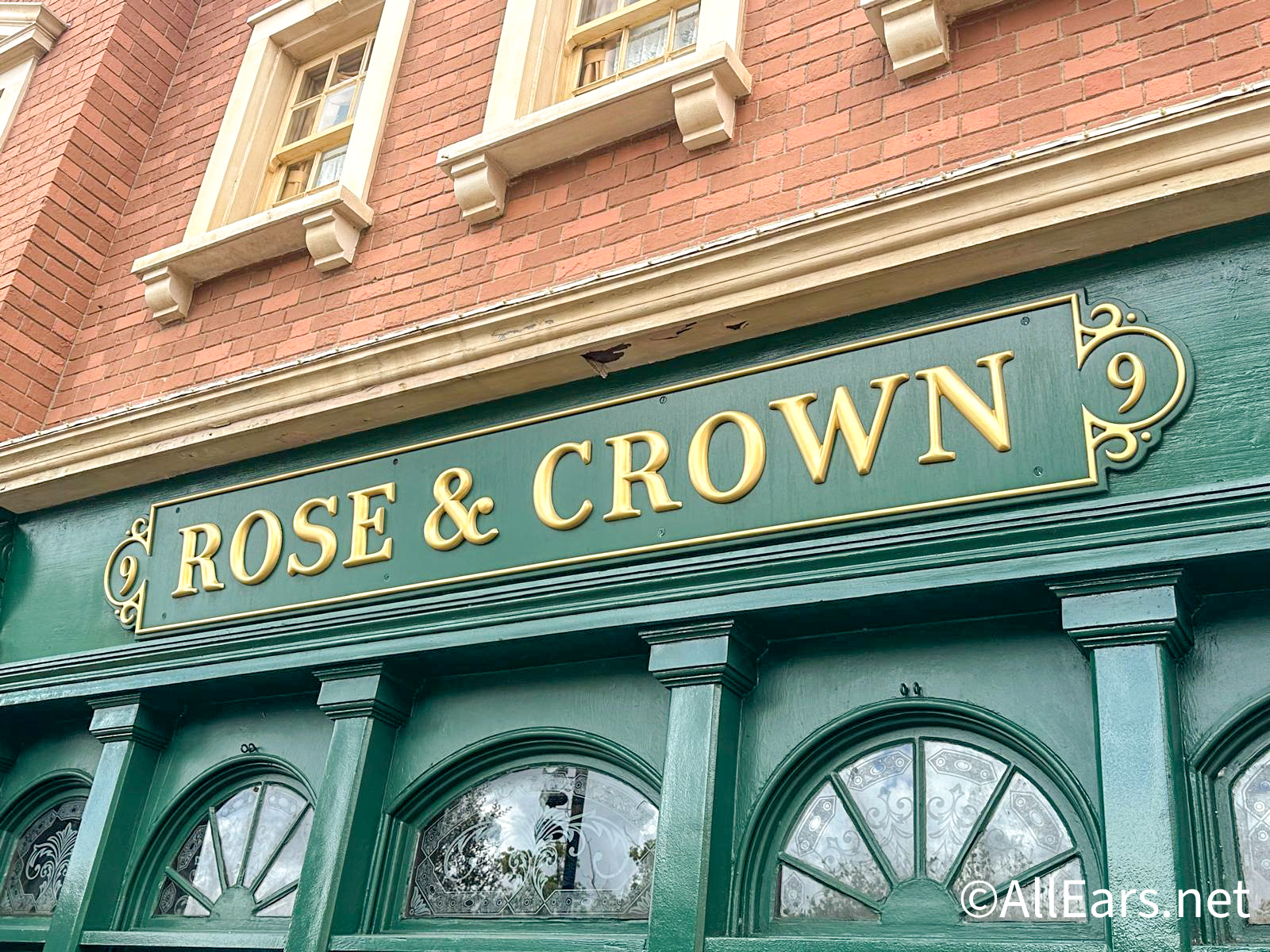
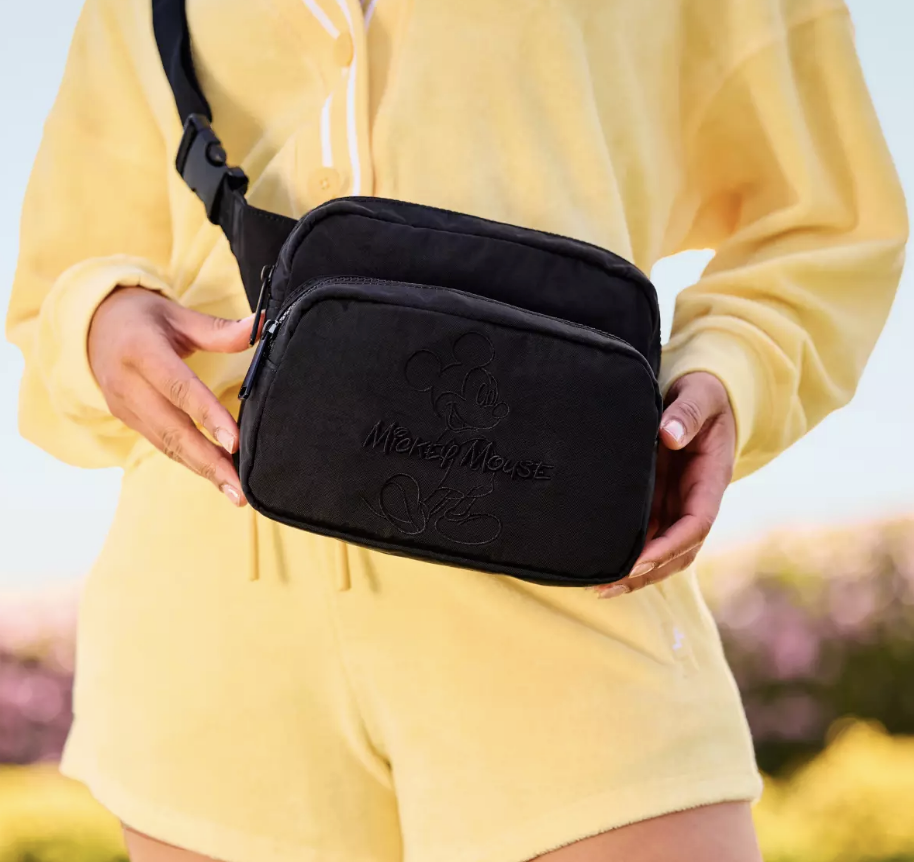
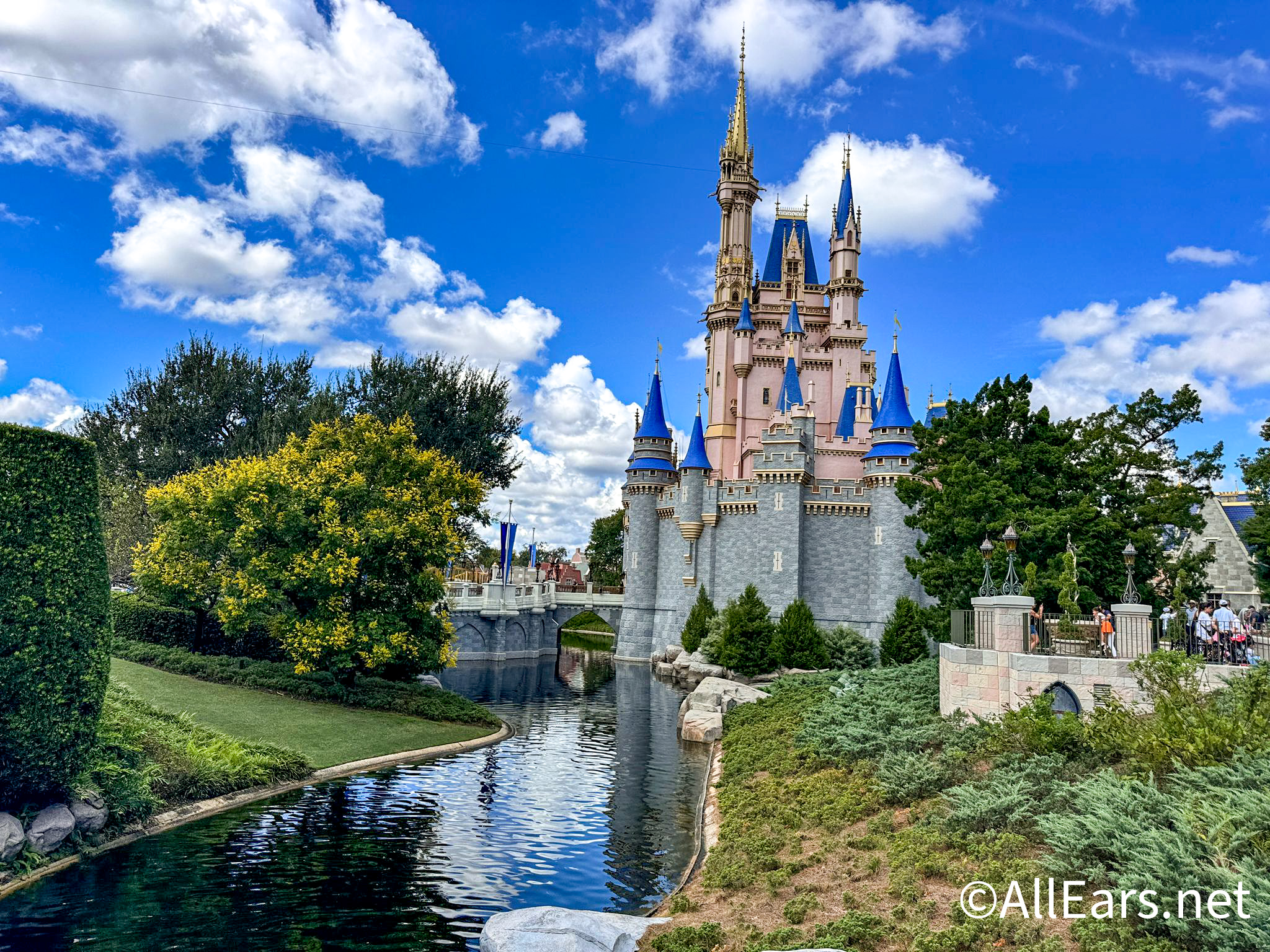
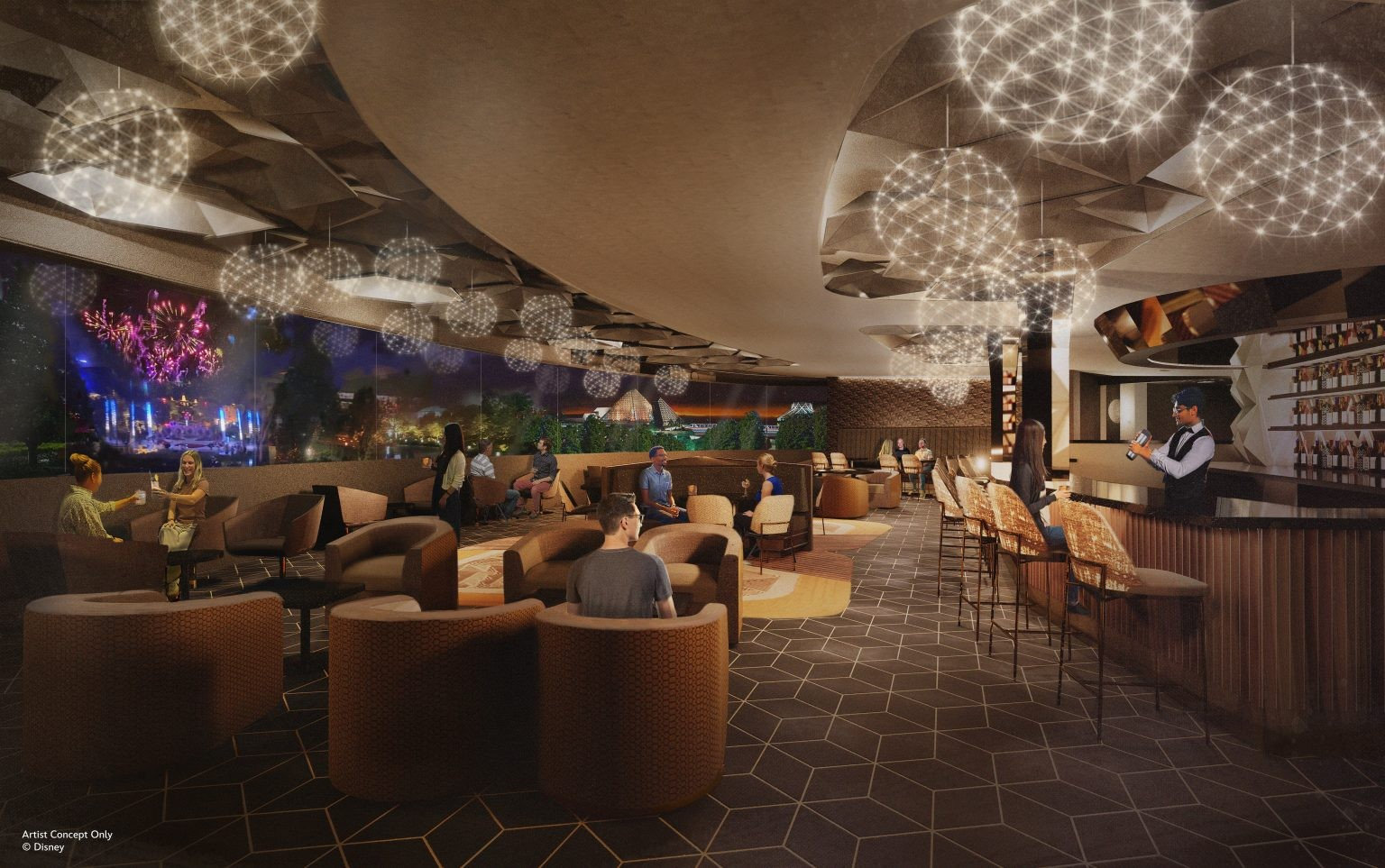
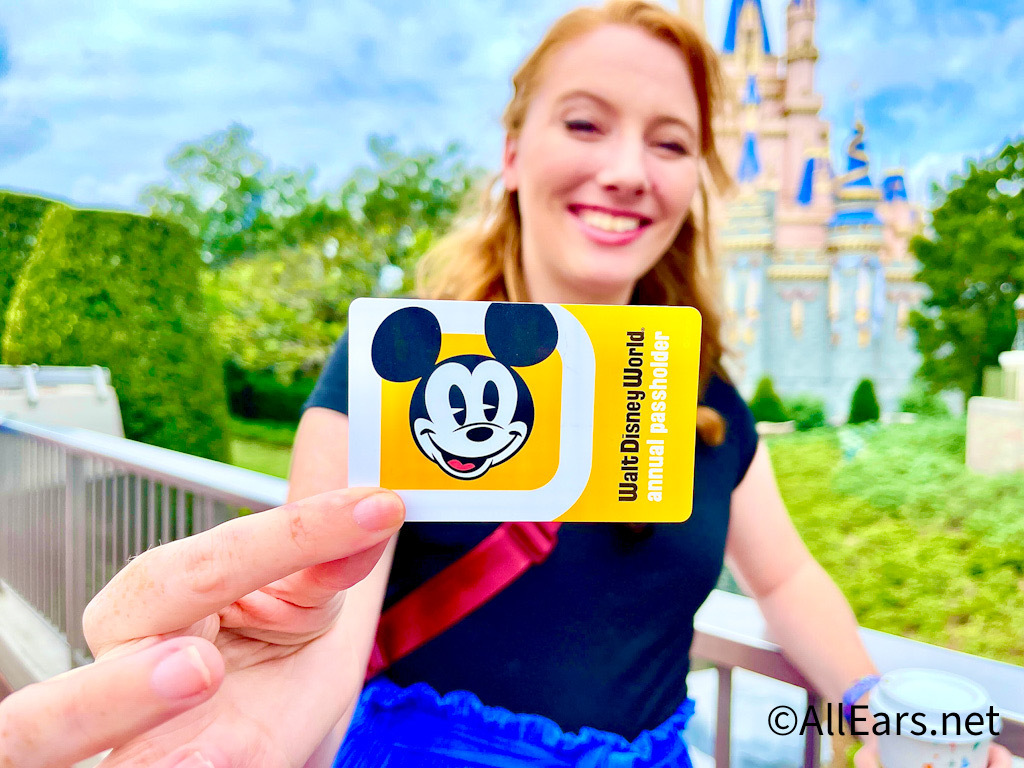
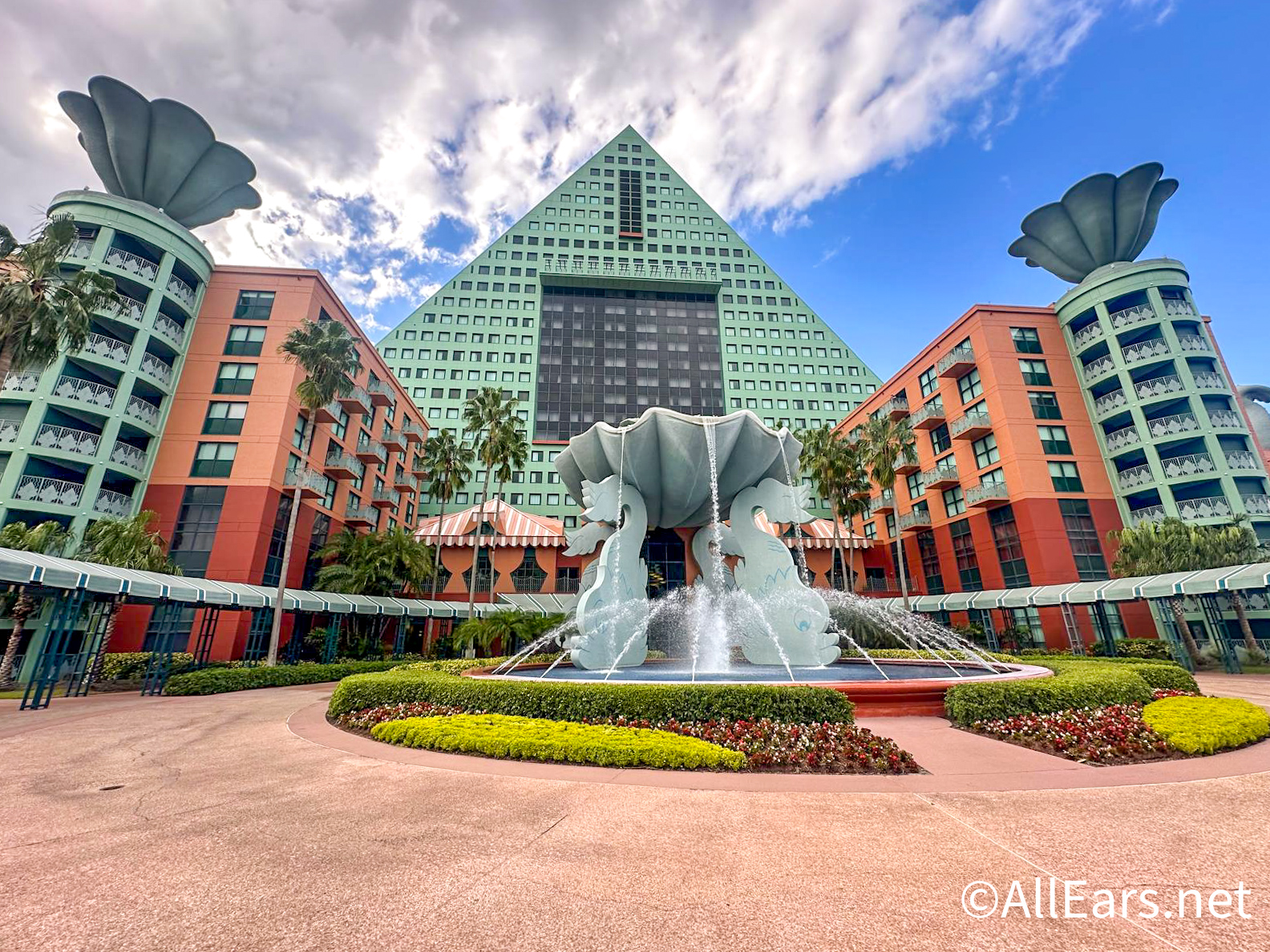
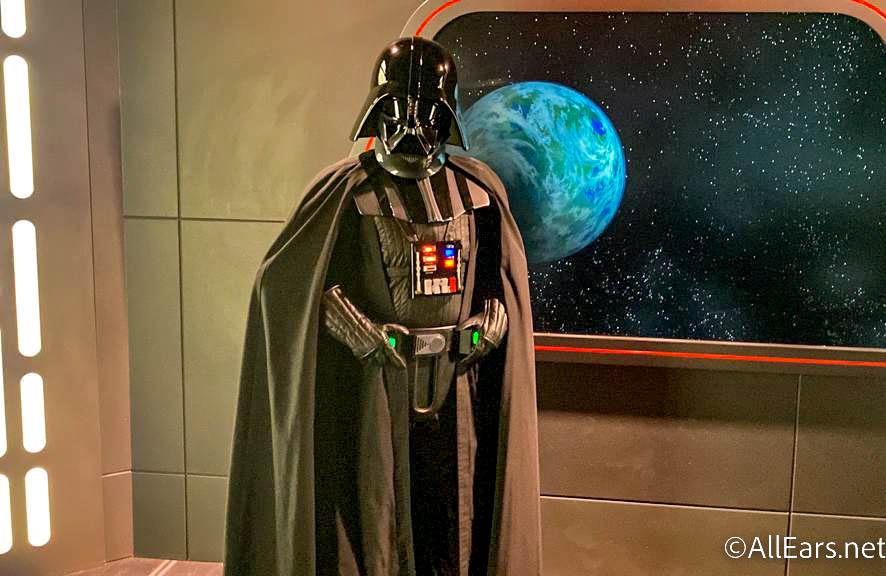
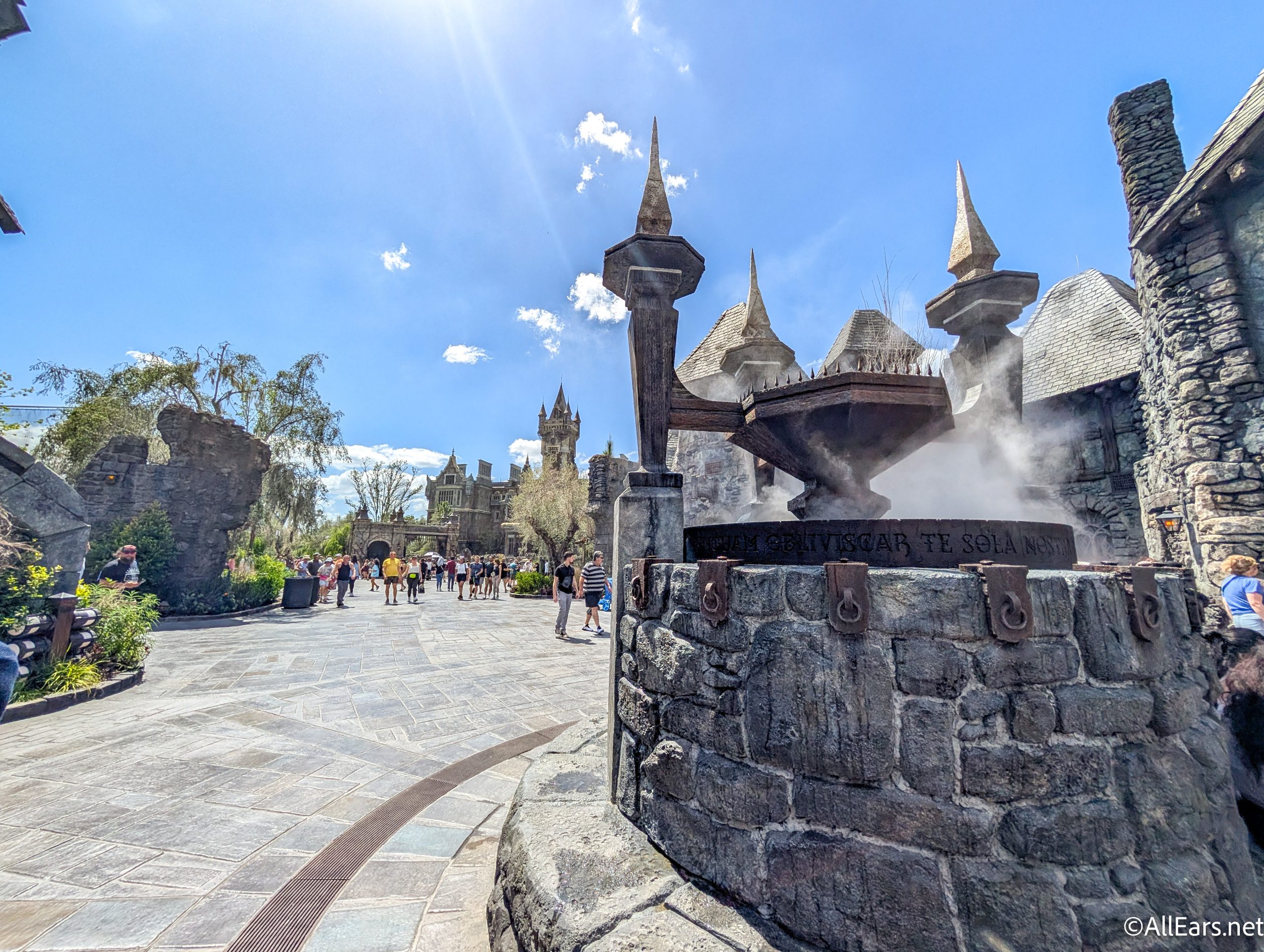

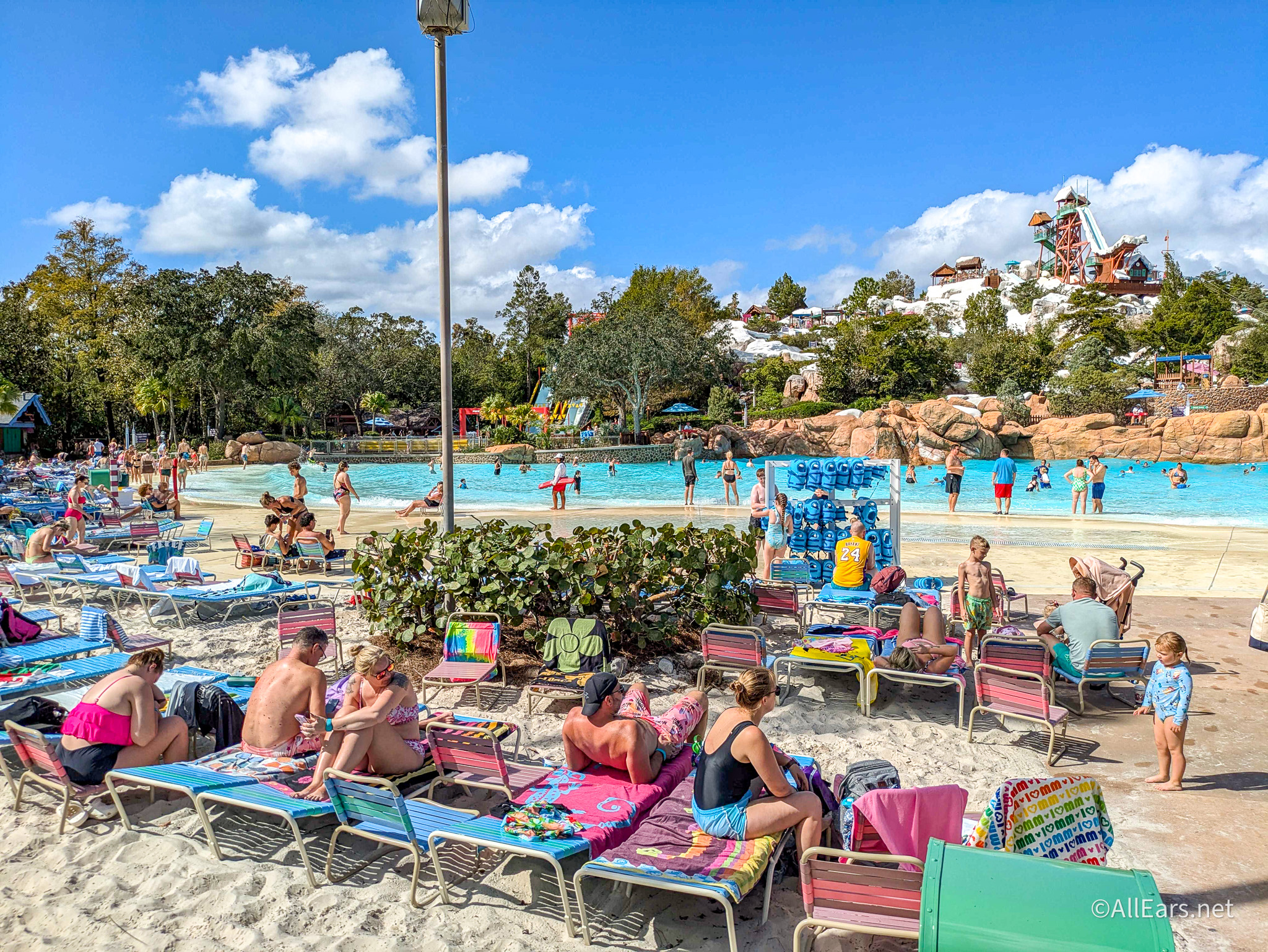

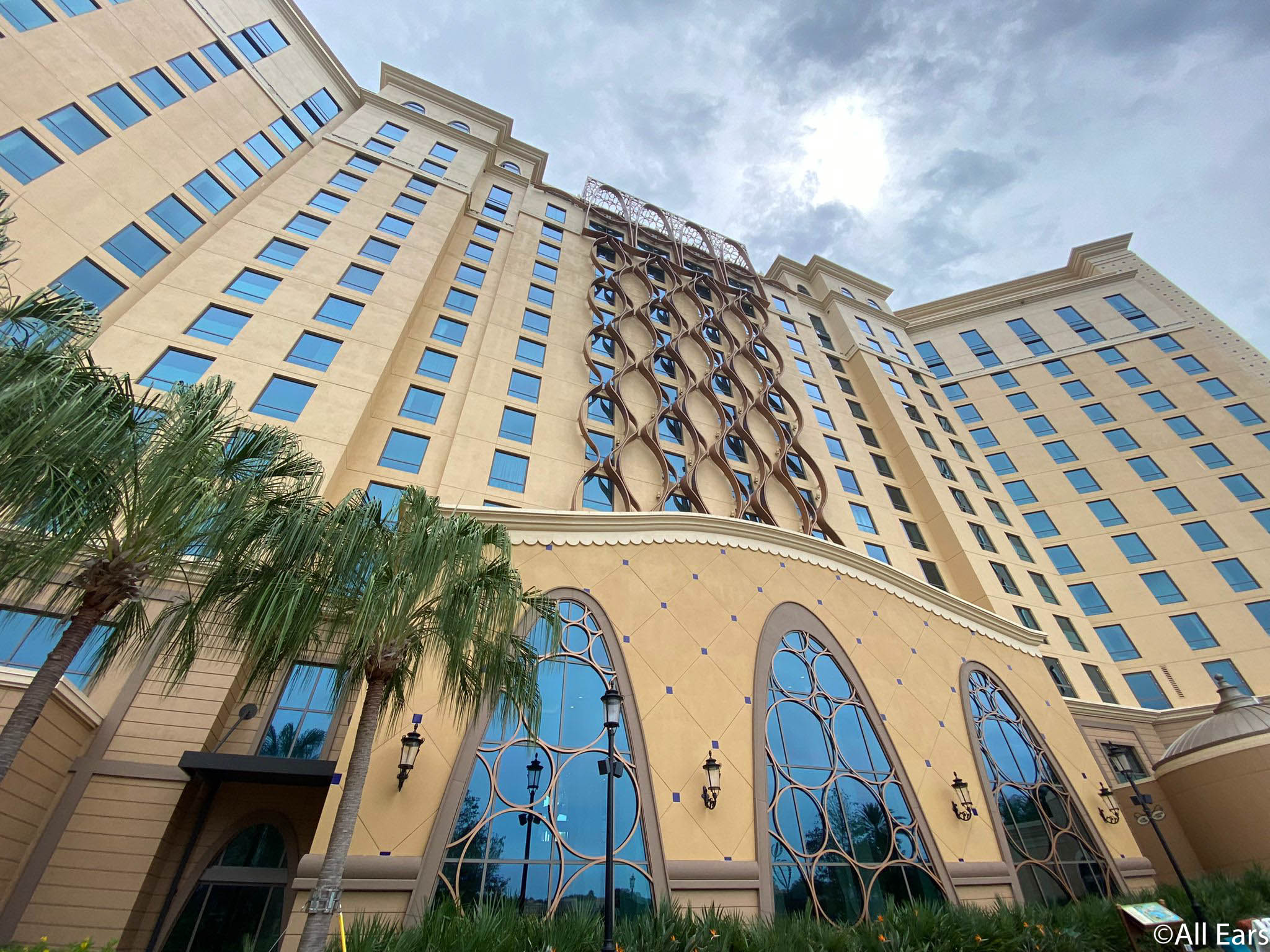
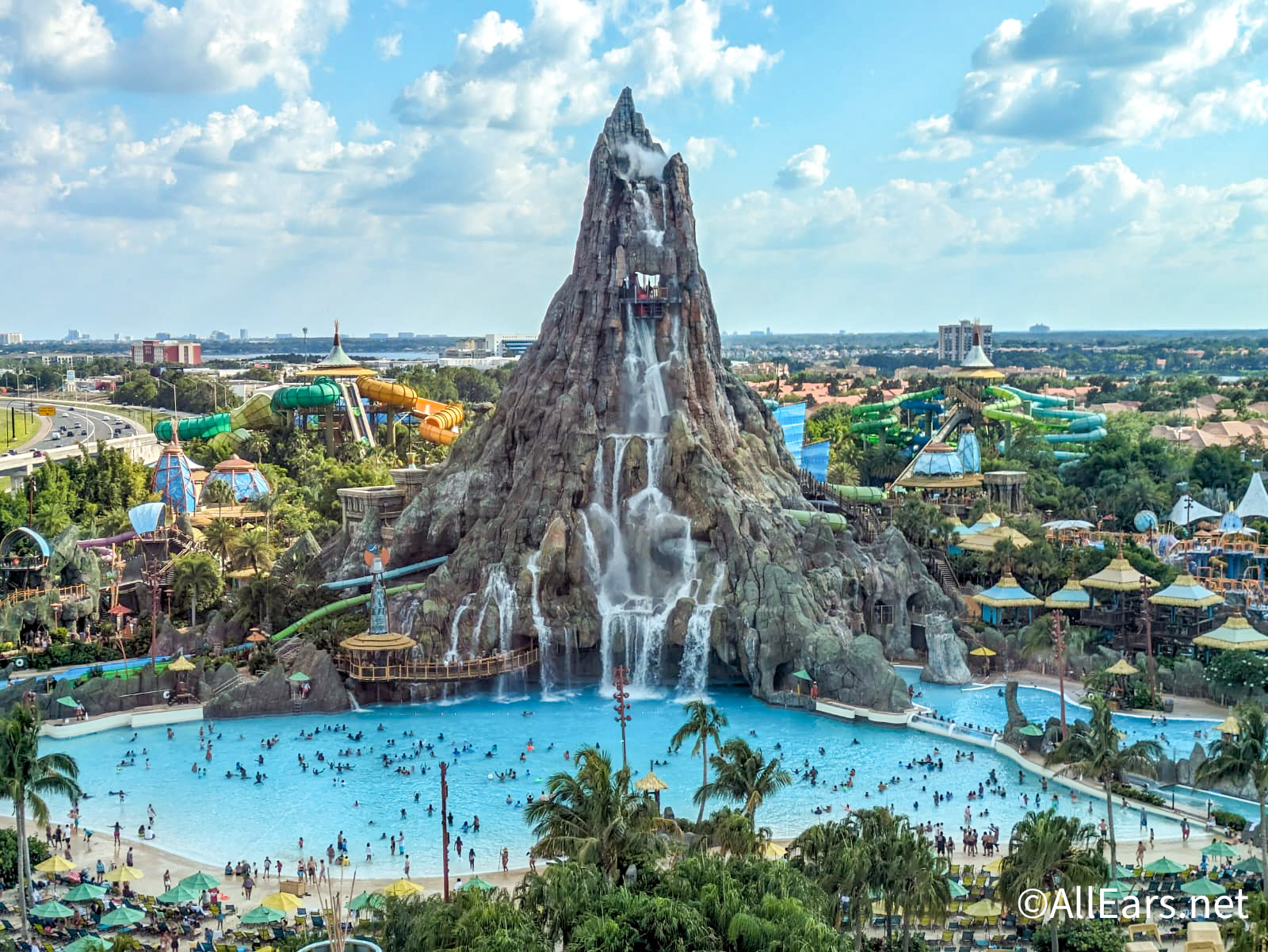

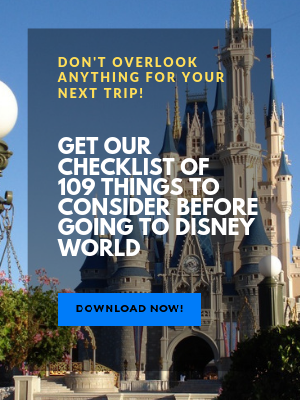
Really interesting !! Did he open any other theme parks ? For Mr Disney to actually try to erase this mans name from ever being meantioned tells me that it was very personal !! Thanks for the blog and I look forward to reading more blogs from U .
Hi Gena … Yes, C.V. opened several parks, one called Magic Mountain in Golden, Colorado, and another in the Boston area called Pleasure Island in Wakefield, Mass., in the 1960s. [interesting how Disney used the same name in creating the entertainment district at the Disney Village Marketplace … uh, Disney Springs]. He also partnered with a guy named Robert McCulloch to bring the London Bridge over from England to Lake Havasu, Arizona, where it still resides to this day. Wood also was a key partner in the creation of the first Six Flags amusement park in Texas, so he did have a pretty impressive legacy after Freedomland.
Thanks for writing, Chuck
Great read, Chuck. Thank you.
Freedomland came and went long before my time, but I did experience a piece of it in my youth. I grew up on the Ohio lakeshore, not far from Cedar Point. There were two dark rides I remember from my earliest years visiting the park and one of them, I believe, came from Freedomland: The San Francisco Earthquake. My memory is spotty (I was probably 6 when I last rode it), but I can recall a few gags. At some point, a resident of the ride’s “Chinatown” was seen hiding in a garbage can, which I thought was hilarious. Earlier in the ride, before the quake, silhouettes of dandies and their ladies are seen dancing and cavorting behind saloon windows while a fortune teller sees the impending destruction in her crystal ball and tries to warn the indifferent citizens. In retrospect, that was an odd, but effective, touch.
Rich
Rich … Thanks for writing. You have a great memory … After Freedomland went out of business, many of the attractions were auctioned off to the highest bidders, so it was not uncommon for people to have “experienced” Freedomland in parks like the one you mentioned or in places in upstate New York. Some of the boats they sailed in the park are still in service to this day … Chuck
Hi Chuck –
Thank you for posting this. I was a young child living a mere 20 miles from Freedomland in Paramus, NJ, when the park existed but never got to visit. I remember seeing it from a distance from my cousin’s window in the Castle Hill Projects when it was new. His family eventually moved to what replaced Freedomland, Co-op City, when it was brand new in the late 60s.
This was the first time I ever heard of Mr. Wood; Disney sure has done a great job of excising him from its history. I think the opening of the 64-65 NY World’s Fair was the final blow to Freedomland. I wonder if Freedomland would still exist if it had opened after the closed, perhaps even being a Disney park. Moving Disney’s four World’s Fair attractions a few miles away would have been less costly then shipping them to California.
– Jeff
Jeff … Sorry you didn’t get to go to Freedomland. There are several wonderful websites devoted to Freedomland, including a great one on Facebook that is constantly being updated … One of the main reasons Walt wanted to have a presence at the Fair was to see whether East Coast audiences would enjoy his West Coast brand of entertainment [they had concerns]. He used the Fair as a stepping stone for building Walt Disney World. Although the Fair site was considered briefly for WDW, they settled on Florida because the land was cheap and they wanted to build a year-round resort where weather wasn’t an issue. Freedomland had to shut down during the winter months, one of several reasons why it closed all-too soon.
Chuck